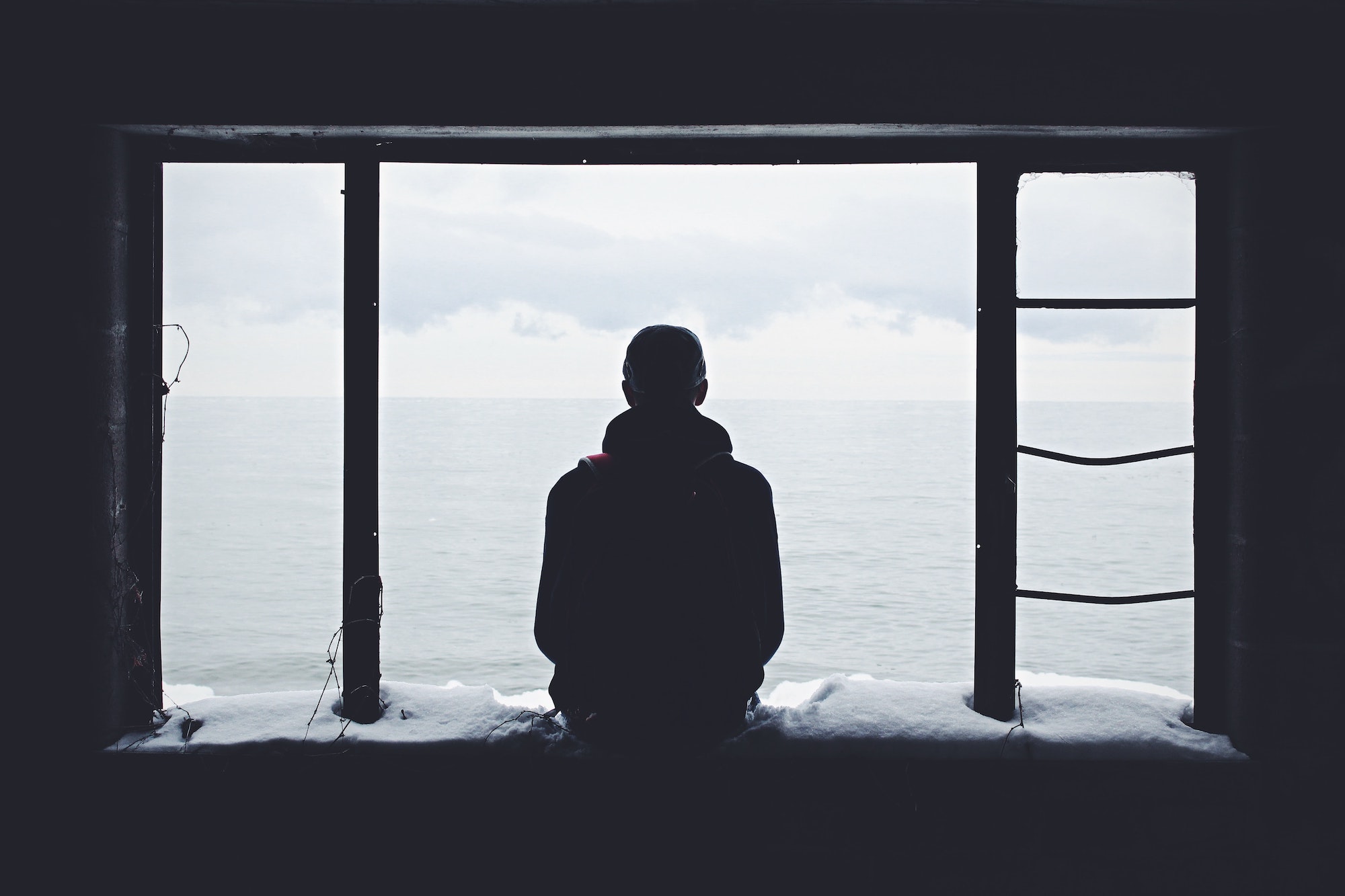
The High Holidays, which comprise Rosh Hashanah and Yom Kippur, are the holiest dates on the Jewish calendar. A time to take stock of our live, seek forgiveness, and start fresh, this season invites us to reflect on what matters most to us and to return to our deepest selves.
Subscribe for the latest rituals, online learning opportunities, and unique Judaica finds from our store.